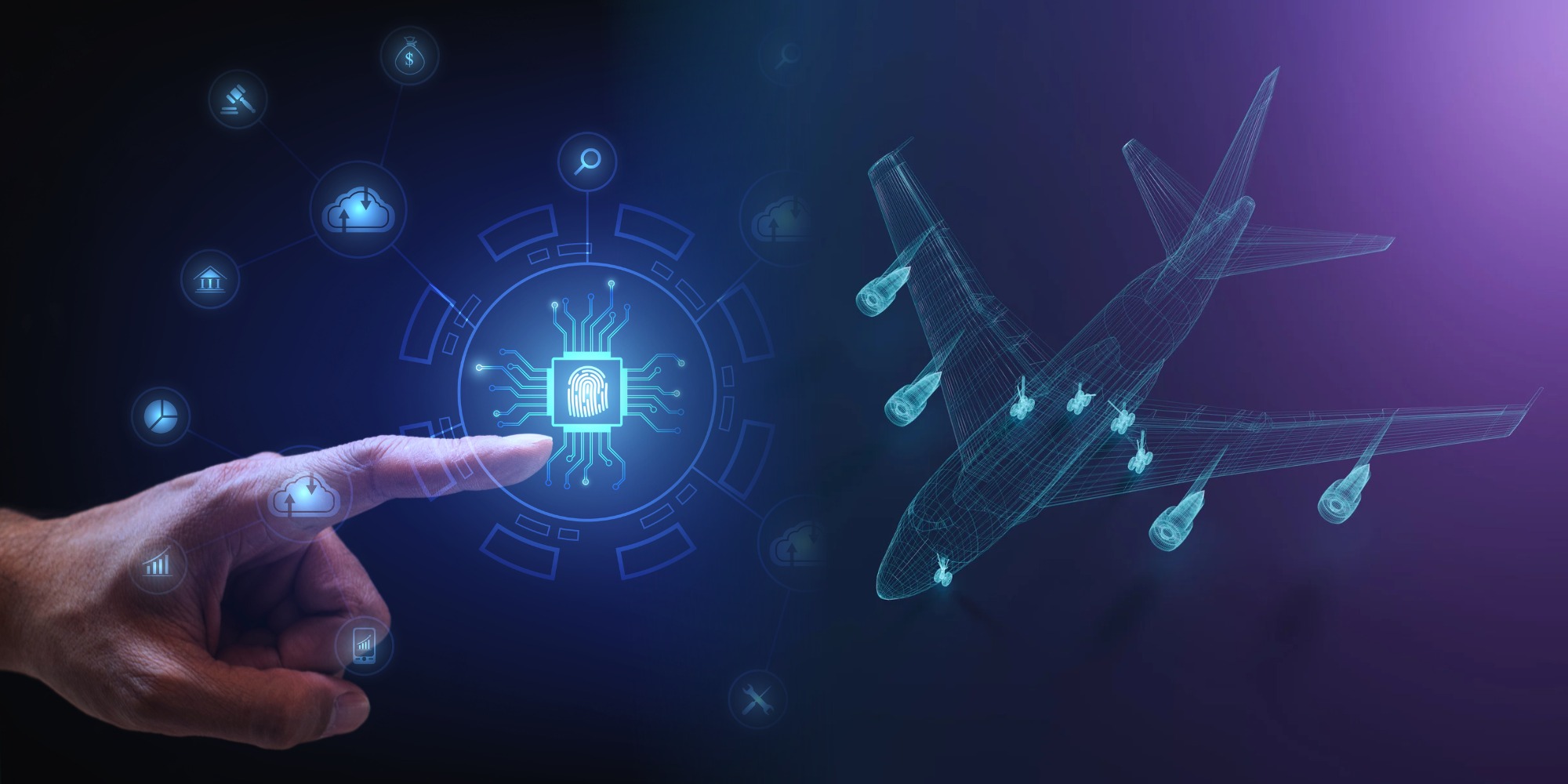
The aerospace industry is undergoing a profound transformation with the rise of digital technologies. Faced with increased global competition, strict safety requirements, increasingly short production cycles, and a growing demand for innovation, companies in the sector must adopt advanced technological solutions to remain competitive. Digitalization is transforming not only production processes, but also data management, maintenance, and aircraft design.
In 2025, digital transformation will be at the heart of aerospace players' strategies. The integration of artificial intelligence, advanced simulation, and digital twins offers major opportunities, but also poses significant challenges. Between infrastructure modernization, cybersecurity, and complex data management, the path to optimal digitalization requires strategic vision and rigorous execution.
Here are the main challenges of digital transformation in the aerospace sector and the solutions that are needed.
1. Integration of digital twins
Digital twins enable the modeling and testing of components, systems, and processes before they are put into production. This technology helps optimize performance, reduce costs, and accelerate development cycles. However, their integration requires massive investments, powerful IT infrastructure, and effective real-time data management.
2. Cybersecurity and protection of sensitive data
With increased connectivity of aerospace systems and a growing reliance on cloud technologies, cyber threats are becoming a major concern. Cyberattacks targeting critical data and aircraft control systems can have devastating consequences. Implementing advanced security protocols, proactive vulnerability scanning, and ongoing employee training are essential to ensure the protection of critical infrastructure and strengthen the industry's resilience.
3. Automation and AI in production
Production line automation, coupled with AI, improves efficiency, reduces human error, and accelerates the development of new technologies. Predictive analytics, production flow optimization, and the integration of collaborative robots are redefining aerospace manufacturing. However, adopting these innovations requires a profound transformation of existing processes and an upskilling of operators, requiring appropriate strategic and technical support.
4. Interoperability of systems and software
Aerospace companies use numerous specialized software programs, often incompatible with each other. This fragmentation complicates communication between different departments and partners, reducing project efficiency. Harmonizing digital tools, ensuring platform interoperability, and standardizing data are essential to streamline collaboration between different stakeholders in the supply chain and foster agile and responsive management.
5. Optimizing predictive maintenance
Real-time data analysis and the use of smart sensors make it possible to anticipate breakdowns and optimize aircraft maintenance. This approach reduces unplanned downtime, improves safety, and extends equipment lifespan. However, implementing these solutions requires an overhaul of maintenance processes and an investment in connected, high-performance infrastructure.
Conclusion
Digital transformation is a strategic opportunity for the aerospace industry, but it also presents major challenges. To successfully navigate this transition, companies must invest in tailored technology solutions, strengthen cybersecurity, and foster a collaborative approach across the ecosystem. By anticipating these challenges and adopting an integrated digital strategy, they will not only be able to optimize production and improve safety, but also strengthen their competitiveness in the global marketplace while innovating for the future.

